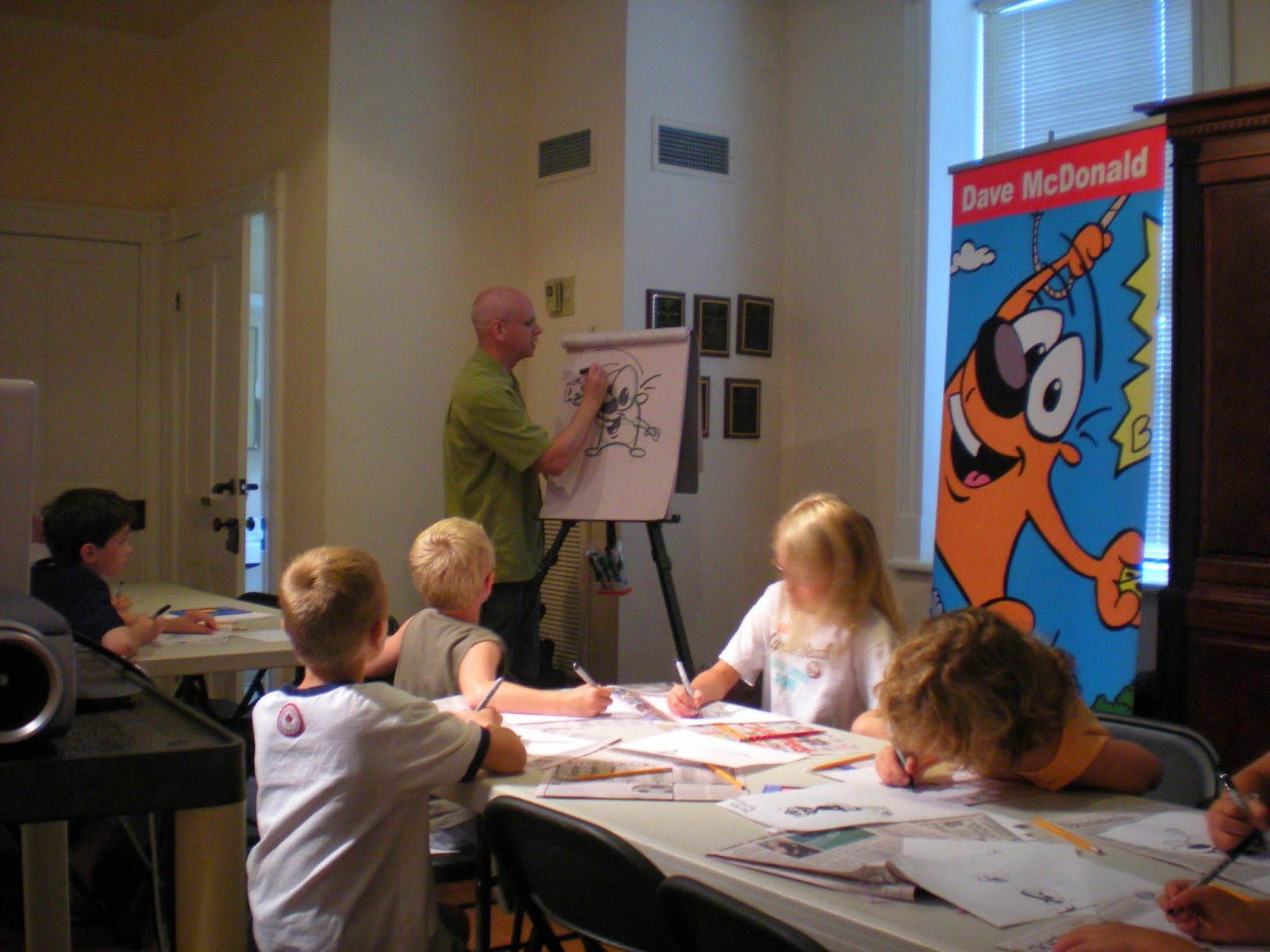How
Museum’s Prepare for their Learners
by: Jeff Pruett- Director
A museum serves to educate its public in
a variety of ways. We are first and
foremost a learning environment for our many patrons through our varied
programming options and exhibits. We
also interpret, explain, and focus on meaning of various subjects. Finally, we look at identity, motivation and
interest of our learners. These three
themes each emphasize different aspects of the learning setting: the design of
the environment, the interface between people and the environment, and people
themselves. These different themes when
looked at together help us see that the whole is more than the sum of the
study. When staff creates this framework
or foundation, it makes for a better learning experience for our visitors.
1. Learning and Learning Environments The first theme expresses the relationships between learning and the
design of learning environments (such as galleries). Museum staff addresses the many ways that
images, text, models, etc. serve as mediators for learning, and they search how
the findings from these studies inspire the progress and design of
exhibits. Learning and learning
environments definitely go hand in hand.
Museum professionals look at theory and design experiments to determine
the best experience for our visitors.
 2. Interpretation,
Meaning and Explanation The
second theme focuses on meaning, interpretation, and explanation as products
and processes of social interaction.
Here, the interaction between curators, the institution, the designer,
docents, is vital. Again, text, images,
etc. are focused on, but specifically how they affect the issues of meaning,
explanations, and interpretation. We
address how patrons and varied groups make sense of their experiences in
museums, focusing on the nature of intentions and social interactions among
viewers, as well as between viewers and the museum. This theme guides our study
of how meanings are influenced by interactions.
2. Interpretation,
Meaning and Explanation The
second theme focuses on meaning, interpretation, and explanation as products
and processes of social interaction.
Here, the interaction between curators, the institution, the designer,
docents, is vital. Again, text, images,
etc. are focused on, but specifically how they affect the issues of meaning,
explanations, and interpretation. We
address how patrons and varied groups make sense of their experiences in
museums, focusing on the nature of intentions and social interactions among
viewers, as well as between viewers and the museum. This theme guides our study
of how meanings are influenced by interactions.
3. Identify, Motivation and Interests The final theme looks closely at
the previous experience related to the individual’s identity as a learner. This theme influences additional museum
involvement and serves as a means in which a visit can continue to play out in
a visitor’s future. This theme also
considers how museum experiences change the ways that people see themselves as
learners of varied subject matter such as art or history.

No comments:
Post a Comment